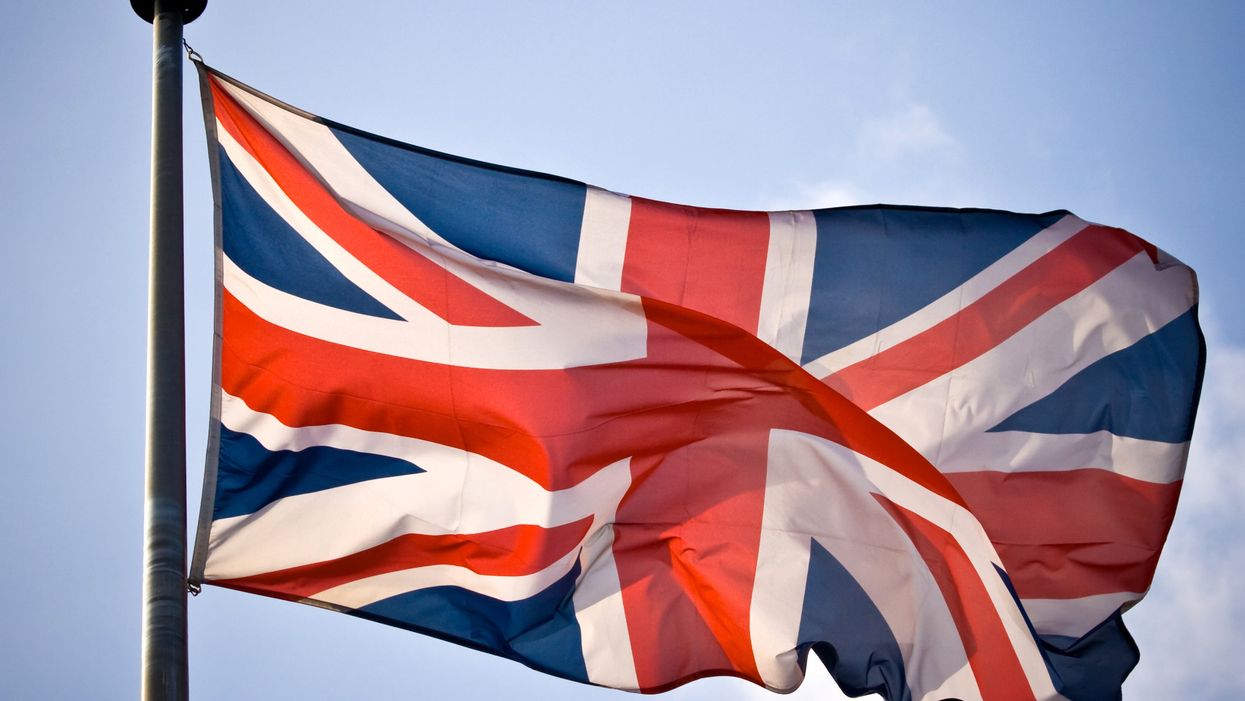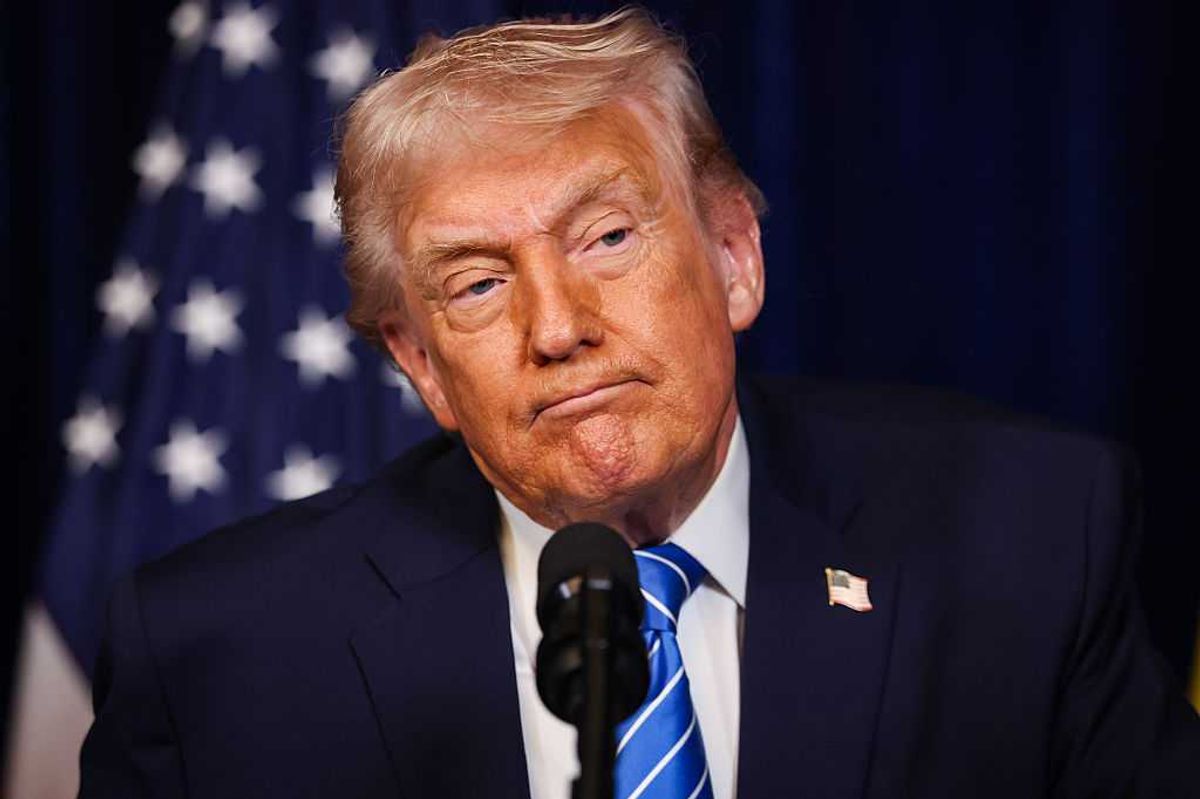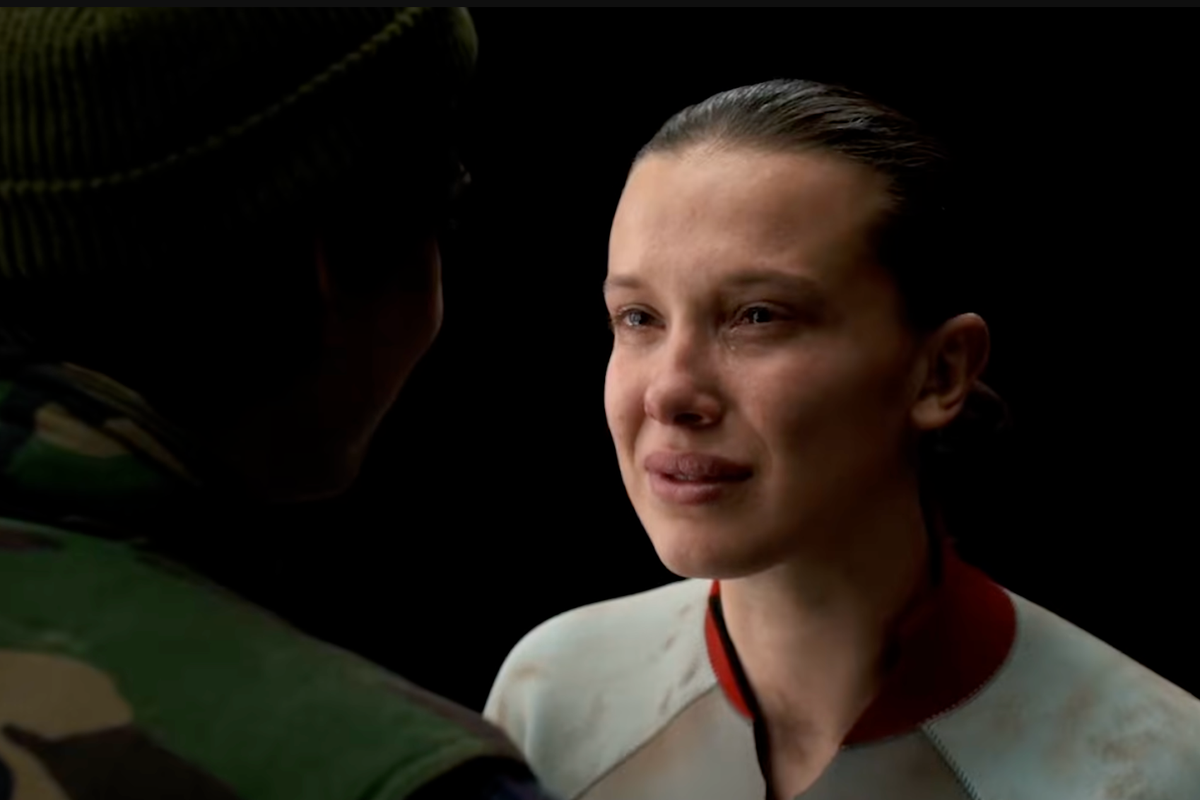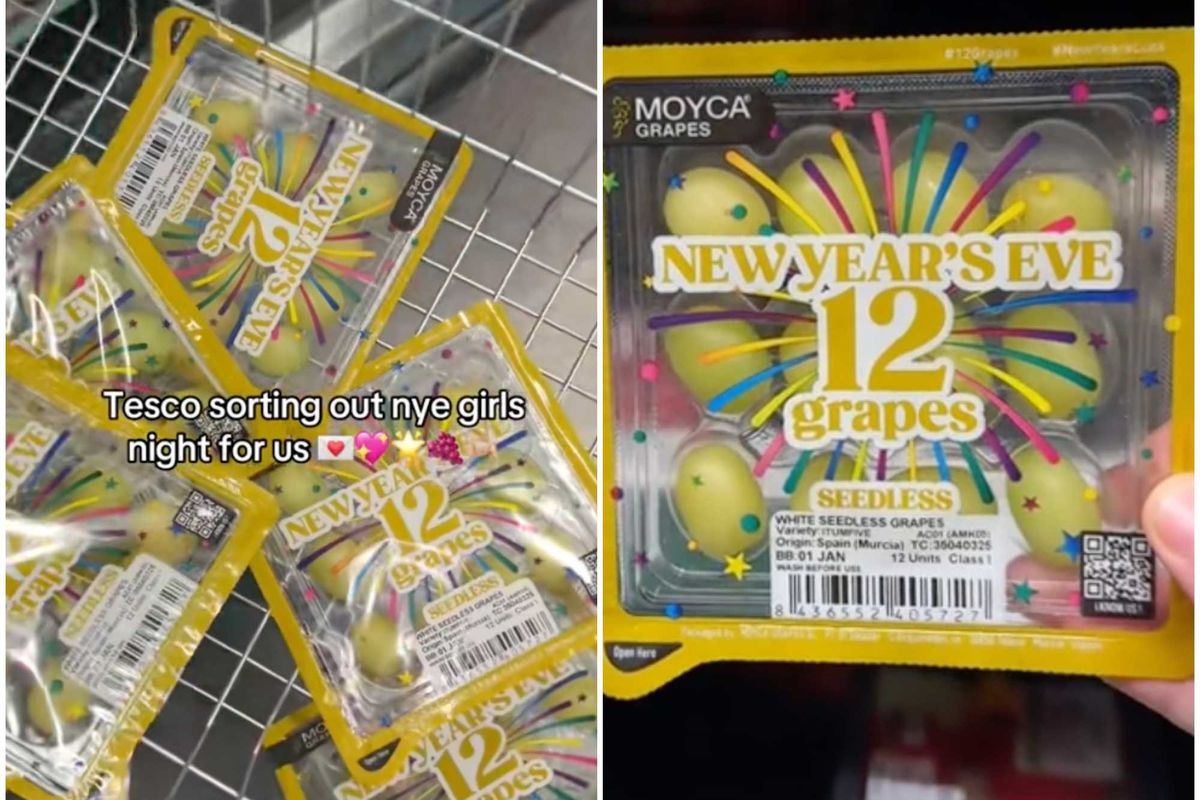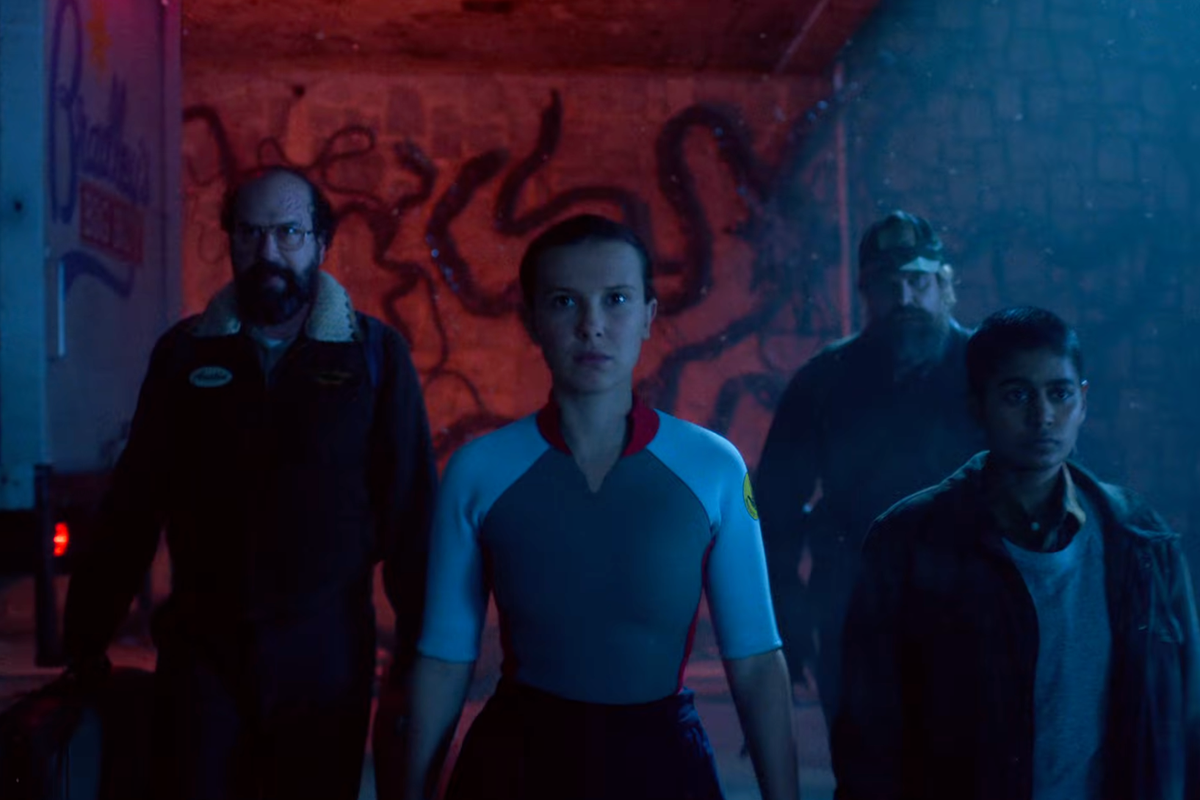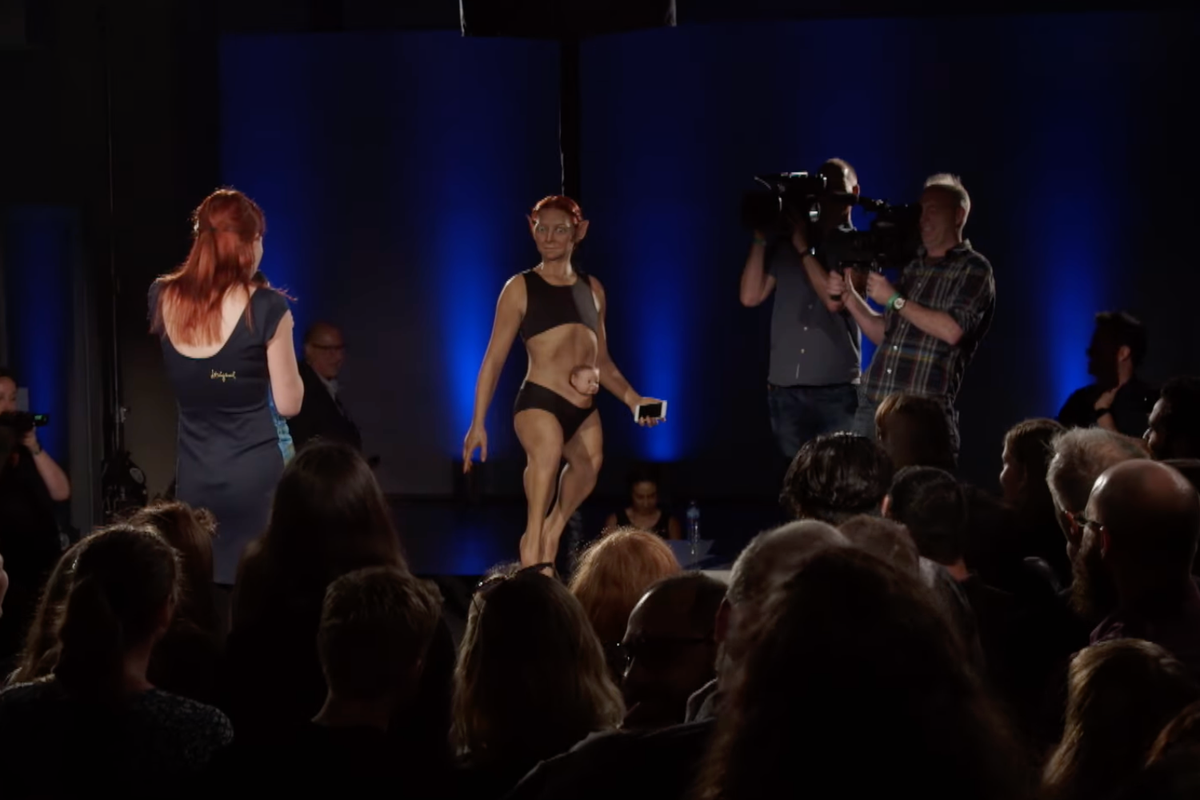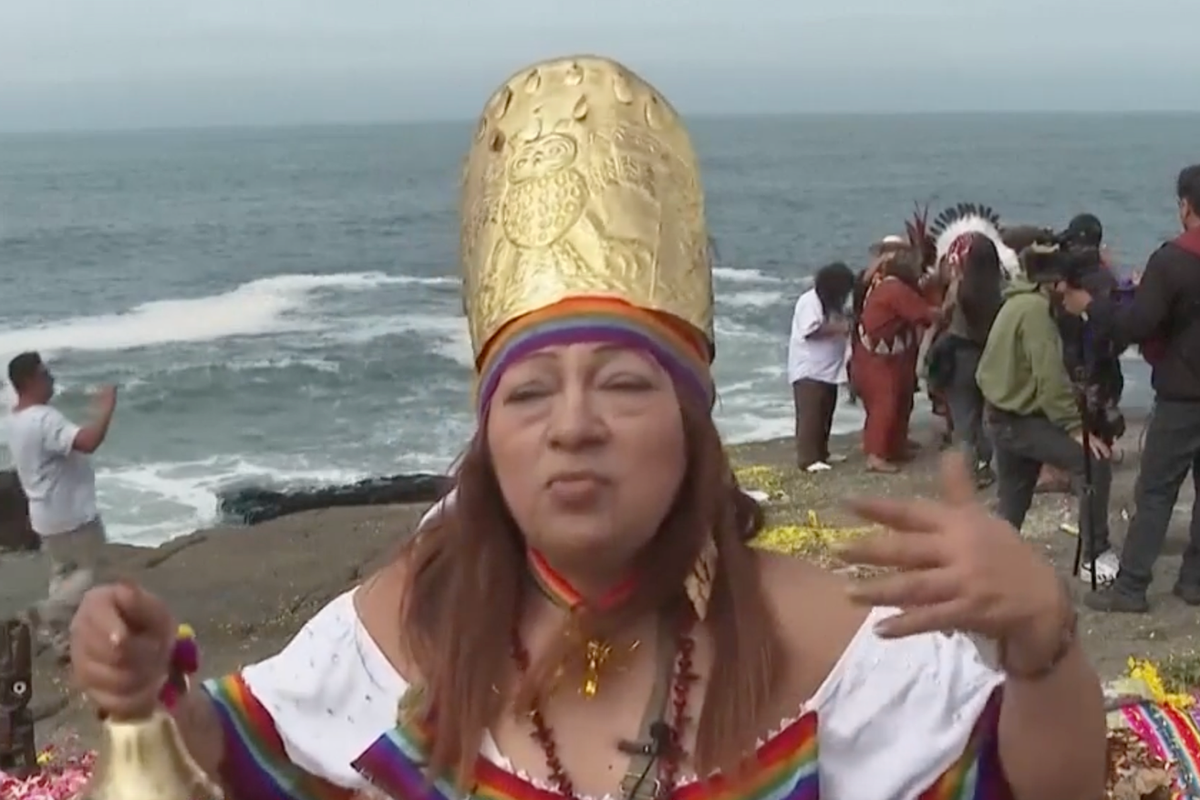An Australian festival has apologised over a controversial proposed artwork that would have involved soaking the UK flag in the blood of indigenous people.
The music and arts festival Dark Mofo sparked anger when it sent out a request for people to take part in a work by the Spanish artist Santiago Sierra, asking for “First Nations peoples from countries claimed by the British Empire” to donate small amounts of blood.
Sierra’s polarising work has often commented on human suffering and previously involved hiring labourers to complete menial tasks - a practice that he claimed was meant to comment on the nature of capitalist society.
His latest installation supposedly intended to convey the pain and destruction caused by colonialism, but has been condemned as “abusive” and “tone-deaf” by critics.
Following backlash against the proposal, Dark Mofo released a statement from its creative director Leigh Carmichael saying the festival would not be proceeding with the project, acknowledging it had “made a mistake”.
Read more:
- TikTok user’s bikini pic accidentally features an X-rated optical illusion
- White headmaster forces black student to apologise the ‘African way’
- Uber passenger who coughed on driver faces up to 16 years in jail
- People are hijacking the Joe Biden fall hashtag to make an important point
Meanwhile, Sierra has responded disapprovingly to the decision and sparked further controversy on Tuesday when he shared an Instagram post with the words: “Often the slave defends the symbols of the master.”
Critics of the proposed artwork have argued that a wealthy Spanish artist asking for the blood of indigenous people is exploitative and disrespectful:
While others have simply asked how the idea ever got approved…
Although the festival, which takes place in Hobart, Tasmania, has been known for controversy in the past, the recent backlash appears to have taken the organisers by surprise.
On Tuesday, the festival’s owner David Walsh issued a long apology on Facebook in which he acknowledged that the work was “tone-deaf”.
More: How I found purpose within my art in the midst of Covid-19
